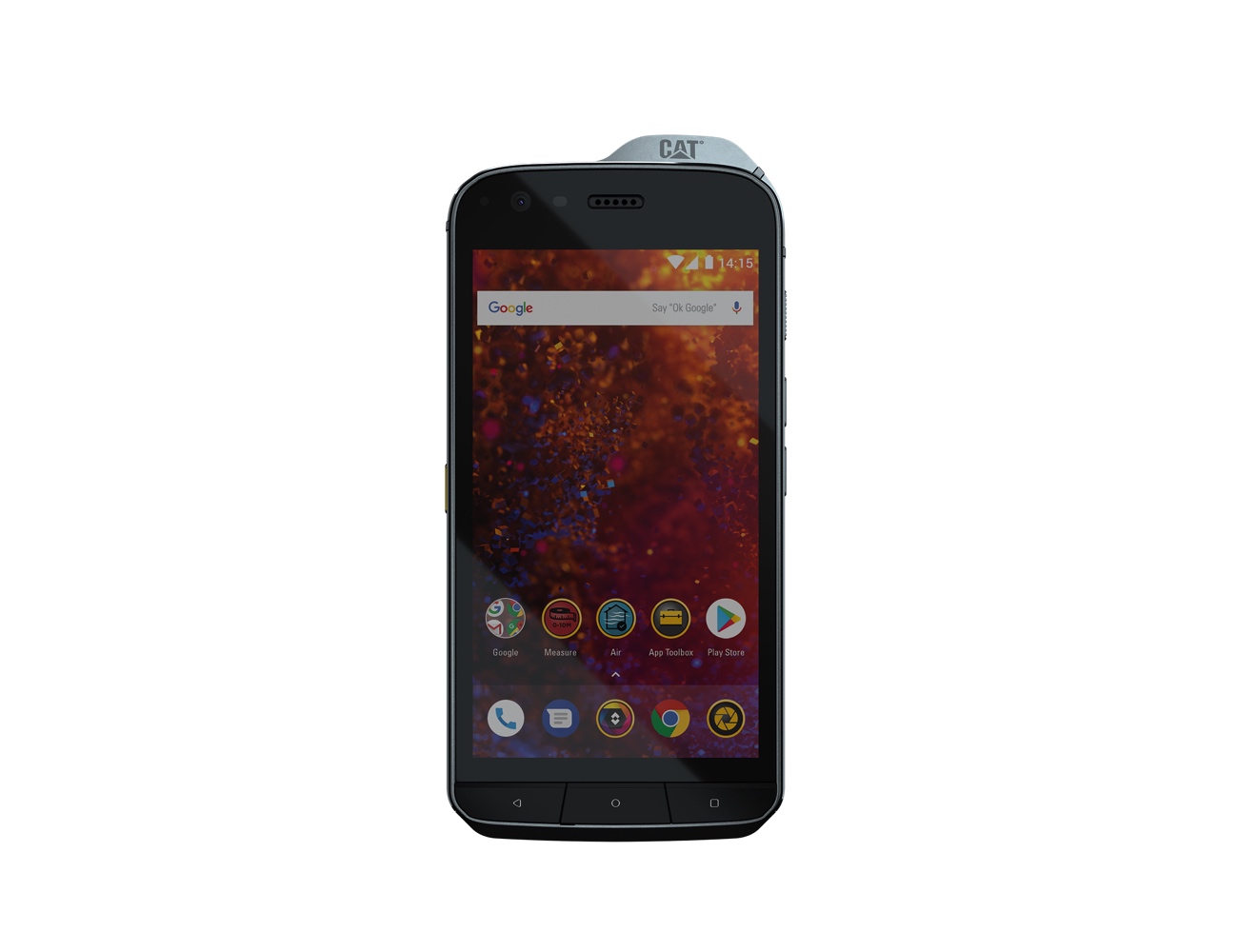
ANDROID MULTI TOOL CASE ANDROID
To remove the size/density calculations from the picture, the Android framework works wherever possible in terms of "dp" units, which are corrected for density.

This is why the 320x480 screen on a G1 and 480x800 screen on a Droid are both the same screen size: the 480x800 screen has more pixels, but it is also higher density. These are interrelated: increase the resolution and density together, and size stays about the same. Resolution is the actual number of pixels available in the display, density is how many pixels appear within a constant area of the display, and size is the amount of physical space available for displaying your interface. Understanding Screen Densities and the “dp” Of course, the official write-up on Supporting Multiple Screens is also required reading for people working in this space. We also provide our recommendations for how you can do layout selection in apps targeted at Android 3.2 and higher in a way that should allow you to support the maximum number of device geometries with the minimum amount of effort. If you know all that stuff, you can skip down to “Introducing Numeric Selectors” to read about what’s new.

We start by discussing the why and how of Android “dp” arithmetic, and the finer points of the screen-size buckets. This release also offers several new APIs to simplify developers’ work in adjusting to different screen sizes. One important result is better support for a new size of screen what is typically called a “7-inch” tablet. Android 3.2 includes new tools for supporting devices with a wide range of screen sizes.


 0 kommentar(er)
0 kommentar(er)
